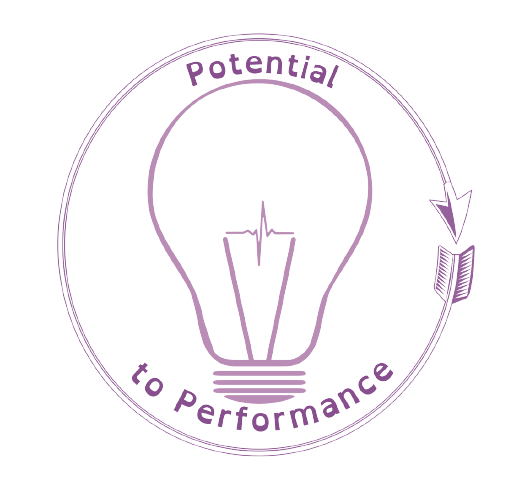By Brooke Trenwith
You may have heard of the controversy surrounding ABA – Applied Behaviour Analysis. This is a broad range of techniques that have been used to support(?) autistic students since the 1960s.
As many of these autistic students are now autistic adults, the education community has learnt more about the impact of these strategies on their mental health and wellbeing – which has not been positive.
What is the criticism?
- Punishments were used as well as rewards.
- It is hard on students as it is too repetitive.
- It focused on eliminating behaviours rather than building skills (deficit approach).
- it promotes “masking” to fit neurotypical standards.
On 22 April, a popular and respected autism education consultant had this shared on her Facebook page:

It received 10,000s of complaints and comments due to it being “old school ABA”.
Please note that I am sharing this post as an example of what used to be used and what still may be in textbooks around “supporting’ neurodiverse students.
In the world of “fake news”, we need to build our students’ critical skills and our own.
When this first popped up on my Facebook feed, my finger hovered over the “share” button. Why? It was clear graphics, it was posted by someone I “trust”, the intent was good – let’s provide communication ideas.
When I started reading the graphic, I was expecting to see points along the lines that there are many ways to communicate – not just talking. And when I read what was there, my mouth hit the ground and my finger got as far from the share button as I could.
So why am I sharing it now?
Because it is a great conversation starter and a learning opportunity. We all stuff up sometimes when we have really good intentions.

The person who posted this could have apologised, owned their mistake and helped their followers learn from it. Instead, they deleted the post and pretended that it was never there. 🙁
Which, to be honest, has damaged the “trust” I have in them.
If you have been to a PLD workshop with me or done one of our Teachable Courses, then you know I follow Jim Knight’s view of Professional Learning and Development.
Professional development is something you do – like reading this blog, going to a workshop, having a coaching conversation, listening to a podcast, reading a book, etc.
Professional learning is you accepting, rejecting or adapting that content based on your context.
Research is awesome and we need to use it, but not blindly. Taking a research-based strategy that was in a PhD study in California may or may not work for our kids in Aotearoa, New Zealand. We may need to adapt it or we may need to reject it.
So back to those communication strategies that I have definitely rejected. How did I make the decision about rejecting them?
Now, I have shared this in a few workshops and the horror response of the attendees also showed immediate rejection.
Which is not surprising. I often have to ask my husband to open jars for me. And I make him communicate with me as he passes it back. He needs to say “Brooke, you are a strong and independent woman.”
If I found out he was deliberately tightening the jars so I would have to ask him for help it would be the end of our marriage. No second chances on that one as I would feel completely manipulated.
And that is what the students on the end of these strategies would feel. Manipulated.
Who do we trust? What do we trust? How do we know a strategy is appropriate to use?

Here are my five key questions that I use for deciding on using or sharing any strategy.
- Is it mana enhancing? Will everyone (student, teacher, parent/whānau) feel “good” about themselves after using this strategy?
There is enough in this world to make us all feel bad. If you are using a strategy, make sure that it encourages building self-efficacy and mana rather than reducing it.
- Does it encourage safety and/or connection?
If we do not feel safe, no amount of rewards (or punishments) will make a do something. Focus on safety and connection first and foremost.
- Does it fit with my values and the values of our organisation?
I remember interviewing for a teaching job in Taiwan. This was the early 2000s and the school would hit the kids for the number of answers they get wrong in a test. 80/100 you were hit 20 times. 50/100 you were hit 50 times. I stopped the interview and walked out. There was no way I was working at that school.
In the same way, I am not going to tickle and hold a child until they ask me to stop. I believe that people, which children are, have autonomy over their bodies, and consent is always needed.
- Is there a clear learning intention and success criteria about what the strategy is trying to get the student to do? Is it about learning rather than compliance?
One of the questions we use when supporting PDA parents is “Does it matter?”
So often we are enforcing or pressing things that do not meet a learning intention.
For example, “1,2,3, eyes on me”. The purpose of this is to get attention and ensure that people are listening to instructions. But many of our neurodiverse kids, particularly our autistic kids, listen more effectively when they are not looking at us. The success criteria is not being met due to the incorrect underlying assumption.
One of the most heart-breaking statements I have heard from a 5-year-old was “the only thing I learned this year was how to sit still on the mat.”
- Does it avoid the underlying assumption that they can do this if only they tried hard enough?
This is at the heart of ableism. They could do it if they just try hard enough. If I give them stickers, then they will do what I want them to.
What if they body is not regulated enough to do that? What if their brain is moving so fast that it is taking everything they have to not fall apart.
What if they have spent hours trying to learn how to spell those words but their brain still makes the letters mix up?
Those are the questions I use to guide me in making the decisions around strategies. I hope that they are useful for you as you work your way through finding your own pathway for the kids in your care.
